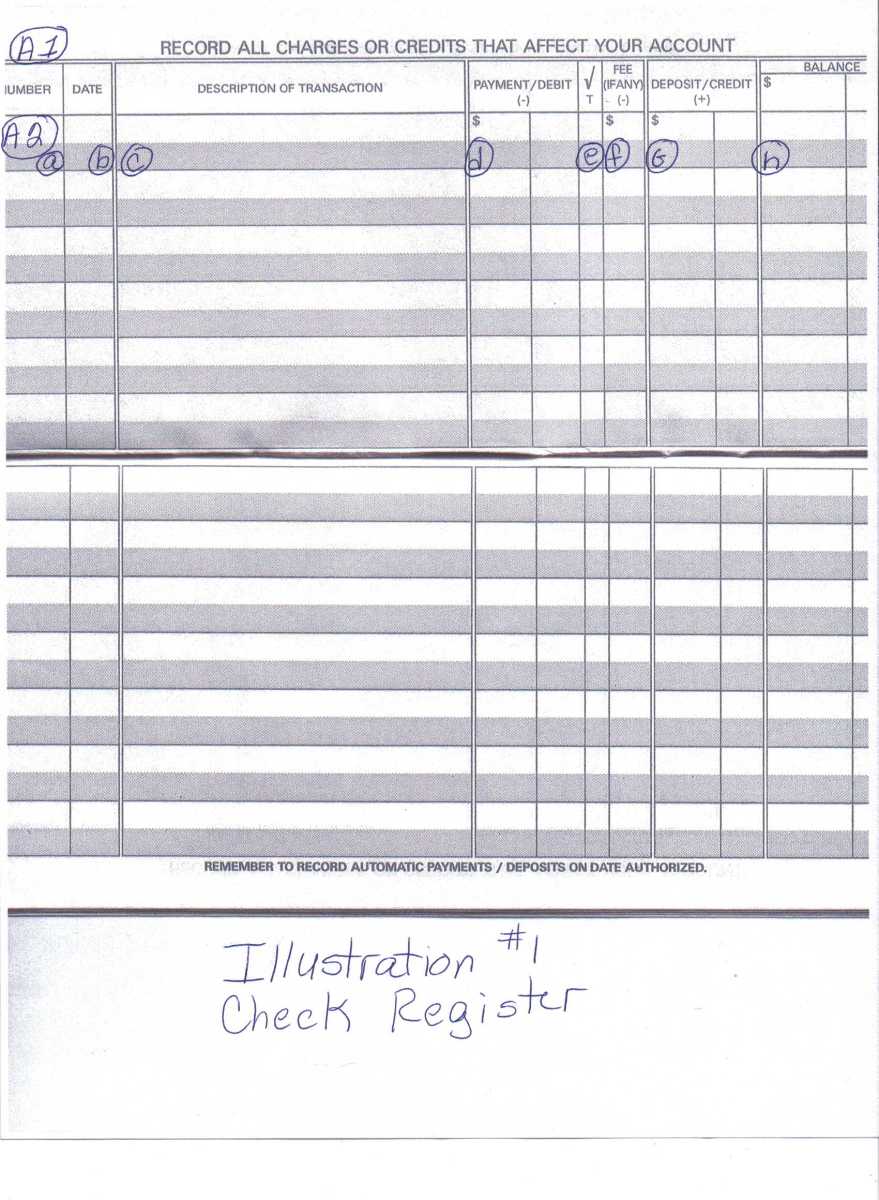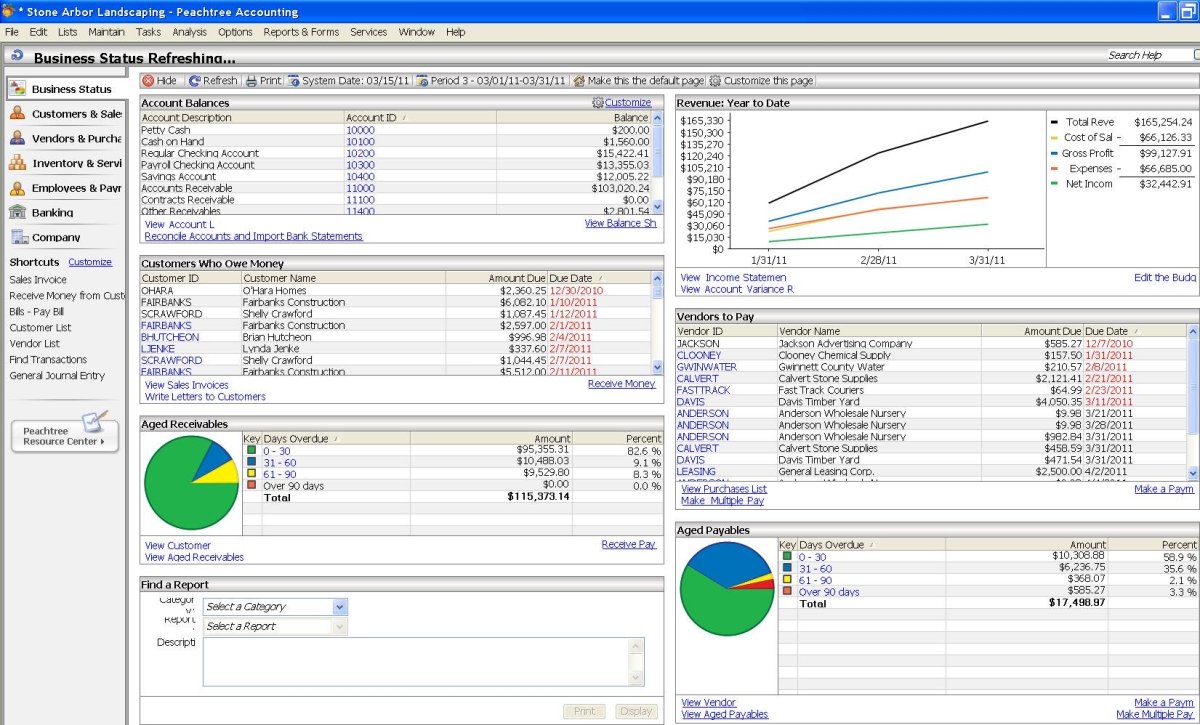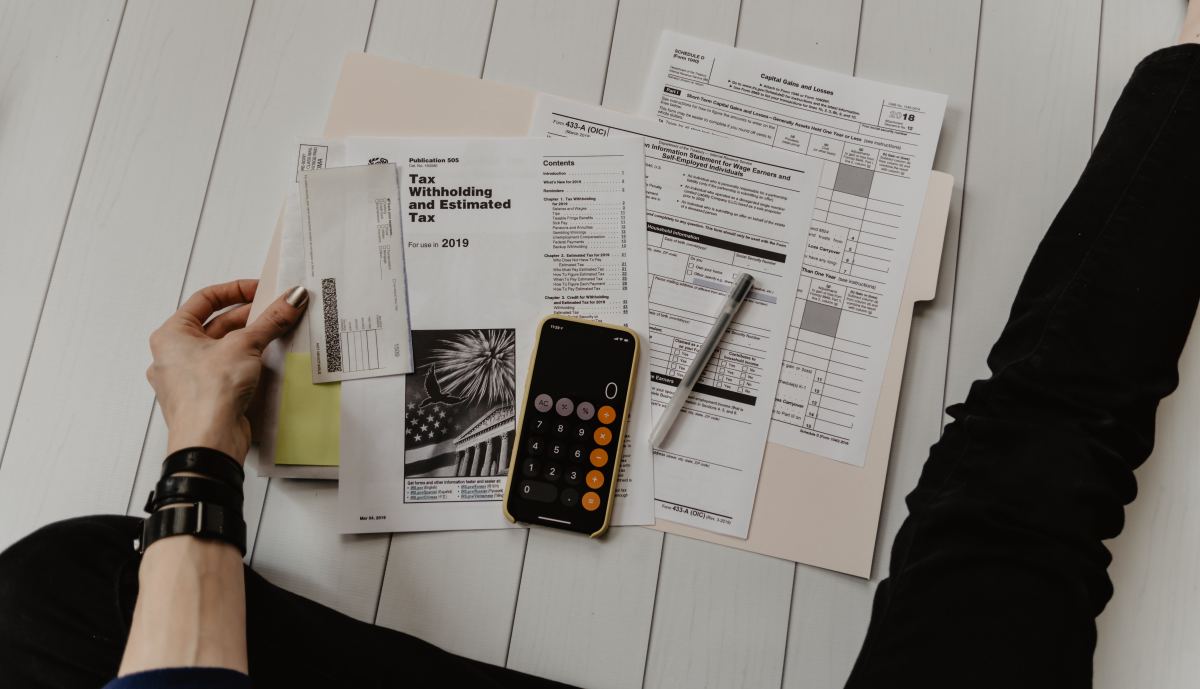Accounting Part 3: Account Classification

In this section I'll discuss something called "The Chart of Accounts." In order to organize your business records it is necessary to classify each transaction by some type of account. An account is merely a name for a certain type of transaction or asset or liability and should be descriptive enough for the reader of the financial statements to know what is contained in the account. There are many types of accounts but virtually every business uses the following:
- Cash - this is a balance sheet account and ties to your bank accounts; should be reconciled monthly
- Accounts Receivable - this is a balance sheet account and is a balance that reflects the amount owed to you by your customers
- Accounts Payable - this is a balance sheet account and is a balance that reflects the amount you owe to your creditors
- Sales Revenue - this is an income statement account and is a balance that reflects the amount of sales income for a certain period of time
- Office Supplies - this is an income statement account and is self-explanatory
- Postage - this is an income statement account and is self-explanatory
The above is a short list of possible accounts that can be used to classify your asset, liabilities and transaction activity. The chart of accounts then is a list of accounts that you will use and is in order by assets, liabilities, owner's equity, and then income statement accounts (typically revenue first and then expenses). As you grow your business the chart of accounts will probably grow along with it. In large organizations the chart of account contains hundreds of accounts.
There is something else related to this called the "General Ledger." The General Ledger is merely a chart of accounts but it also displays dollar amounts next to each account name. There is also something called "The Trial Balance" which lists all the accounts and typically shows the beginning balance from the prior period (month, quarter or year), the current periods changes (debits and credits - to be explained later) and the ending balance for the period.
When putting together your chart of accounts you need to be able to classify accounts by type (assets, liabilities, sales, expenses) and by financial statement type (balance sheet account or income statement account). There are many sources available for this but remember that a balance sheet account is one that measures the value of an asset or a liability at a given point in time while an income statement account is an account that measures activity over a certain period of time.
For instance cash is a balance sheet account. It represents the value or amount of cash you have on hand at the balance sheet date. Sales on the other hand is an income statement account because it represents the total amount of sales in a given period of time. It's not a measure of how much cash you have or how much money is owed to you. Instead it shows the dollar value of all sales that took place in the given period of time (month, quarter, year).
In my next installment I will discuss double-sided accounting and debits/credits which will help you determine how to classify and record business transactions.
Previous installments:
Accounting Part 1: Financial Statements
Accounting Part 2: Cash versus Accrual Basis Accounting








